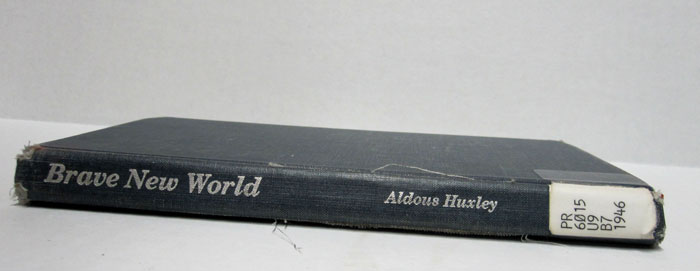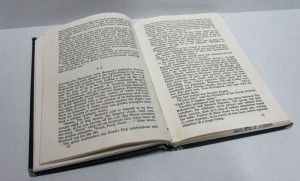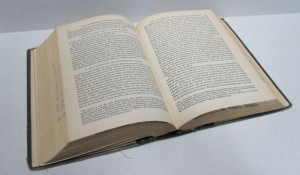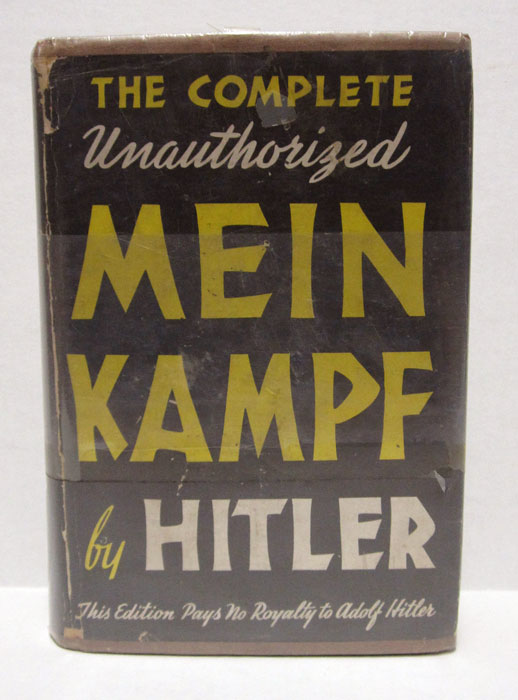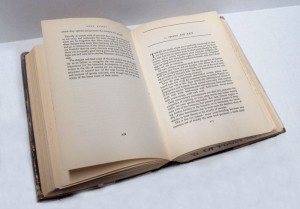1930: As I Lay Dying
Author: William Faulkner
Told in a “stream of consciousness” writing style, As I Lay Dying describes a woman’s death and her family’s journey to Jefferson, Mississippi to bury her. The story is told by multiple narrators, including the dead woman herself, which illustrate various motivations and internal struggles that each of the characters experience. In this novel, William Faulkner first introduces Yoknapatawpha County, Mississippi, which serves as the setting for many of his later works.
Faulkner claims to have written As I Lay Dying in six weeks and did not change a word after writing it.







